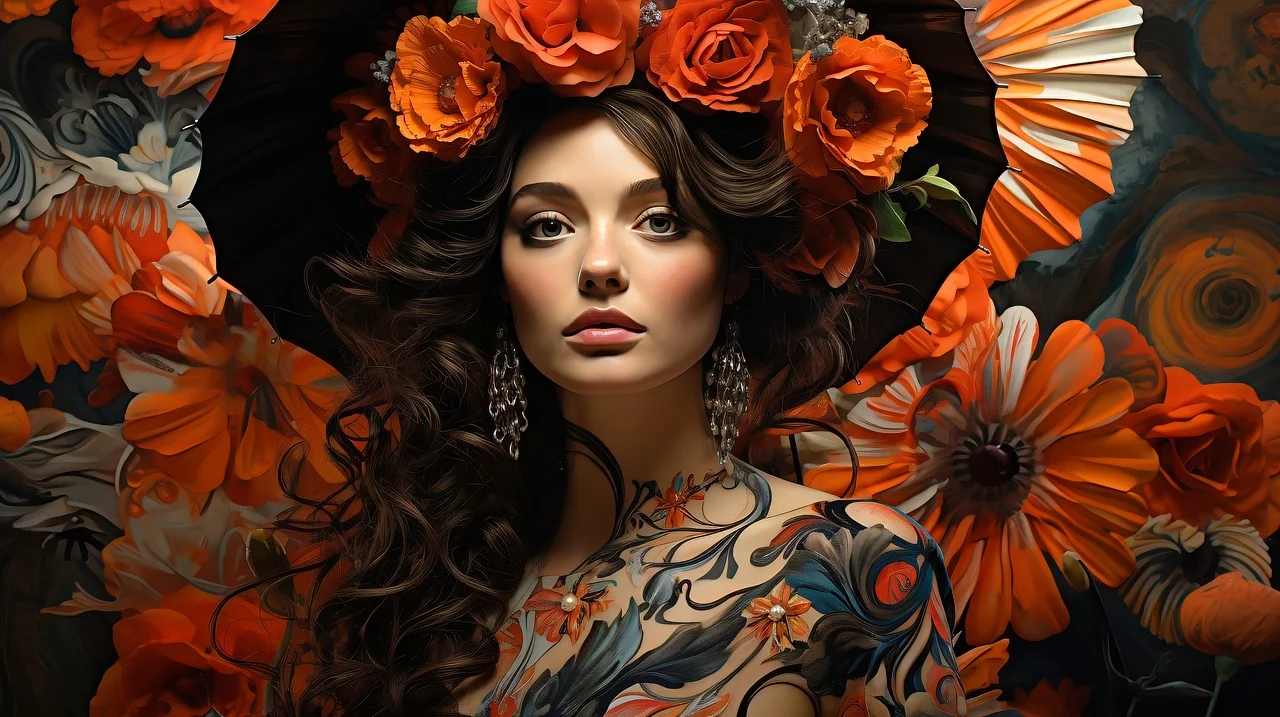Table of Contents
The Rise of AI in Art
Artificial intelligence has become a driving force in various industries, from healthcare to finance. Now, it is making its way into the realm of art, revolutionizing the way we think about creativity. With the emergence of AI art generators, a new era is dawning where machines are capable of producing stunning artworks that challenge traditional notions of artistic expression.
AI art generators are sophisticated algorithms that can create impressive works, ranging from paintings to sculptures, that rival those produced by human hands. These machines analyze vast amounts of data and use complex algorithms to generate unique and visually striking pieces of art. They can mimic different artistic styles and even learn from the works of famous artists, producing pieces that are indistinguishable from those created by humans.
This rise of AI in art raises questions about the role of human creativity and the future of art itself. While some see it as a threat that could devalue the efforts and livelihoods of traditional artists, others view it as a powerful tool that can enhance creativity and foster collaboration. The true impact of AI on the art world remains to be seen, but one thing is certain: it is reshaping the way we think about and create art.
Artificial Intelligence Art Generator: A Game-Changer
The AI art generator phenomenon has taken the art world by storm, captivating both artists and enthusiasts alike. These machines have the ability to produce artworks that are not only visually stunning but also challenge the traditional notions of authorship and artistic value.
One of the most compelling aspects of AI-generated art is its ability to create pieces that are indistinguishable from those produced by humans. These machines can analyze vast amounts of artistic data, learning from the works of famous artists and incorporating their styles into their creations. The result is a collection of artworks that are both technically impressive and visually captivating.
However, this game-changing technology also comes with its fair share of controversy. Critics argue that AI-generated art lacks the emotional depth and uniqueness inherent in human-made works. They believe that true artistry requires a level of emotional connection and personal expression that machines simply cannot replicate. This raises questions about the value and meaning of art, as well as the role of human creativity in the artistic process.
The Controversy Surrounding AI Art
As AI art generators gain popularity, the debate surrounding their impact on the art world continues to intensify. The ongoing controversy stems from concerns about the role of human creativity and the potential devaluation of traditional artistic practices.
Critics believe that AI-generated art lacks the soul and emotional depth that comes from human experience. They argue that true artistry requires a level of vulnerability and personal expression that machines cannot achieve. Furthermore, they fear that AI art could devalue the efforts and livelihoods of traditional artists by flooding the market with cheap and easily reproducible artworks.
On the other hand, proponents of AI art see it as a valuable tool that can enhance human creativity and foster collaboration. They believe that AI can inspire artists by providing new perspectives and pushing the boundaries of traditional artistic techniques. By embracing AI as a tool, artists can explore new forms of artistic expression that were once unimaginable.
The controversy surrounding AI art raises profound questions about the nature of creativity, authorship, and the future of art itself. As AI continues to evolve and shape the art world, it is crucial for artists, critics, and society as a whole to engage in a thoughtful and nuanced discussion about the ethical implications and long-term effects of this AI revolution.


